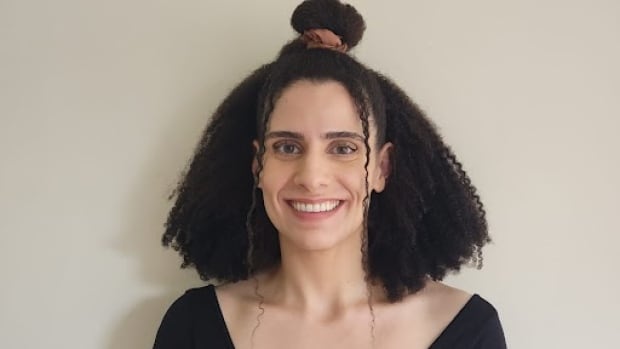Racialized women face significant barriers when seeking mental health care, study finds

Poor access to mental health supports and cultural stigmas are holding many racialized women back from healing during the pandemic, a new study has found.
The research found the majority of respondents were already struggling with mental health before COVID-19 struck and service providers now can’t keep up with the increased demand.
“Just focusing on your mental health can be a luxury and a privilege for some people, and that can largely fail to meet the needs of marginalized groups,” said Grace Barakat, a sociology PhD candidate at Toronto’s York University who led the study
The research was done in partnership with Islamic Relief, a Toronto-based charity that was seeing a rising number of people seeking help for mental health issues during the pandemic. Many respondents spent long hours juggling long commutes and family responsibilities. Many had little or no health benefits, which prevented them from getting the care they needed, Barakat says.
But the stigma surrounding mental health care was still the number one reason why respondents didn’t seek it out, she says, adding that financial barriers were also high on the list.
‘Demand was overwhelming’
The study was done online and included responses from 103 women and interviews with five service providers. The researchers warn the data cannot be considered reflective of the wider population of racialized women in Canada due to sample sizes and lack of randomization. But they did find 52 per cent of respondents struggled with anxiety before the pandemic.
“During the peak of the lockdowns and restrictions, we did see a large increase in percentage points for almost every single negative mental health outcome, especially anxiety levels and exhaustion and burnout,” said Barakat.
Service providers told Barakat and her team referrals and requests during the pandemic were through the roof.
They “couldn’t actually handle the volume that they were receiving,” she said.

That finding resonated with Meghan Watson, a registered psychotherapist and founder of Bloom Psychology & Wellness, in Toronto.
“I found that the demand was overwhelming,” she said.
Watson opened Bloom during the pandemic in 2020, and only a couple of months later she had to stop accepting new patients. Several of her clinical colleagues at Bloom also have full schedules, she says.
Jasmeet Chagger, a registered nurse and co-founder of SOCH Mental Health, a non-profit that holds wellness sessions in English, Punjabi and other languages in Peel Region, says the pandemic brought on a new wave of inquiries.
Some people were already having mental health concerns that the pandemic made worse. Others had not considered mental health important for them until the pandemic awakened a new need, and in some cases, new openness to support, she says.

Chagger says the demand for support from South Asian service providers was acute, as people grappled with lockdown challenges and interruptions to traditional grieving processes. For some it was the desire to speak about difficult things in their primary language, she says. But that wasn’t the only factor.
“Some people that we’ve spoken to that are born and raised here, have lived their whole life here, [but] they still want a South Asian therapist,” Chagger said, noting that awareness of things like South Asian family dynamics can make a significant difference.
During the pandemic, SOCH led well-attended group sessions for women living in multi-generational homes with their in-laws and other extended family, something common in South-Asian Canadian households, she says. The sessions helped participants grapple with challenges of working from home, boundaries and other issues..
Behind the stigma
But in spite of the increasing need for mental health supports, not all respondents felt like they could seek help.
Chagger says in many South Asian languages, such as Punjabi, there aren’t even words to describe some mental health issues.
“We have certain labels for people that have a mental health issue. And the only translation I can think of is literally ‘crazy,'” she said.
When mental health issues are deeply stigmatized, not everyone feels like they can reach out for help, Chagger says.
Watson has also noticed the role cultural stigma plays.
“People wait until they are at complete crisis to seek help,” she said.
In some cases, the stigma is so great that it’s only when someone reaches a complete crisis that “things might feel valid enough to reach out and gain support, when they literally cannot do it anymore,” Watson added.
What can be done
The study recommends governments explore options, including:
- Covering more mental health services under health insurance.
- Compelling employers to include significant mental health coverage in benefit packages.
- Integrating culturally sensitive awareness campaigns to end the stigma against seeking help in racialized communities.
Reyhana Patel, the director of communications at Islamic Relief, says many racialized women were telling the organization prior the the study that they recognized the need to address their mental health but couldn’t get access to services.
Various groups are trying to address the stigma and bring mental health education to diverse communities, Patel says.
“There’s a lot of great work that’s being done right now. And supporting a lot of that work too is really important.”
Read More



